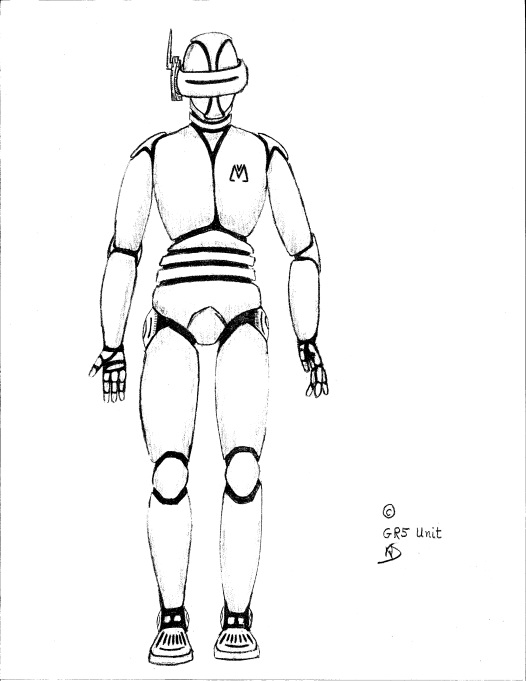2075 Rebirth Total Employment



In the 30’s the advent of robotics being used for everyday use in homes and businesses rapidly became a common occurrence. Robotic applications ranged from security to heavy labor, from the replacement of monotonous tasks to work with a high risk of injury. And, new robotics applications were being tested daily. This forced a total restructuring of the type of work humans should do. At the beginning of this transition from human workers to robots, it caused a clash between managers and employees. Robots were replacing human jobs and causing unemployment to skyrocket. At this time it appeared legislation would be needed to establish a balance so the human workforce would not collapse and cause economies to fold.
Then one country in the Eurozone tried something radical. First, it was experimentally adopted in a few small towns but, when workers recognized the endless advantages, it spread like wildfire. Old paradigms had to be smashed. Work ethics and rules had to be redefined. Even what constituted work had to be analyzed.
This is the foundation of the new system. To begin, all job categories were reviewed to see which would best be suited for androids and other robotics and which was best left to humans. Everyone had different ideas but soon standards were agreed upon to reduce the grey areas of uncertainty. These standards were reviewed annually since androids were constantly becoming more efficient and dexterous. For the hard labor jobs, the monotonous jobs, and the unskilled jobs, robots had no challengers. Other categories of jobs required human interface like marketing and sales, designing and planning, where humans had no challengers. Then there were those jobs both humans and robots could do. A list of criteria was carefully chosen against which each job was compared. Based on this, a business owner could choose an android or a human, if the job classification permitted it.
Once this was all established, the towns realized they had more workers than they had jobs—thirty percent more! Unemployment of 30% was unacceptable and would bankrupt any economy. However, it was pointed out that the factory outputs and almost all businesses under the new system of increased robotics were more profitable than before by a wide margin.
So, if it had taken 100 people to produce 1000 devices before, it now took 70 people but the product had better quality. Also, being more efficient the plant was now producing 1200 devices.
Under more of a human workforce, shifts had breaks production was slower and there were more quality issues.
This had already been well established much earlier in the automotive and high-tech industries. So, this was no surprise.
However, in the old system, these people were simply laid off. They became unproductive. They had no means to support themselves. They drained the government resources by drawing unemployment benefits. At the same time, the businesses were profiting tremendously. This had to change. Instead of making these workers unemployed, non-contributing members of society, it was resolved to continue to train them as backups and other needed jobs. This takes the burden off the local government so it is not forced to raise taxes and drastically increases the money that goes back into circulation for the 30% that would have been unemployed. The consequences of doing this were far-reaching. The workforce was much better trained.
There was much more loyalty and pride of ownership. People felt that they belonged to a company like a family and job satisfaction improved dramatically. Happier workers resulted in less illness and crime. Also, more dependable, consistent income resulted in the other businesses thriving including restaurants, entertainment centers, clubs, and all forms of recreation. This in turn resulted in more devices being purchased from the original manufacturer. Now they were selling 1500 devices. And so it was learned by the late 30’s that short-sighted solutions of lay-offs do not provide long-term benefits.
Some, however, argued that this plan was not foolproof. They pointed out the obvious. What happens when a competing manufacturer uses fewer employees to make a larger profit?
The number of humans employed per job or factory had to be mandated just as taxes were. Of course, this caused no small stir among owners and managers but long-term benefits usually take time to adjust. When considering the alternative of a collapsed economy, this was by far the better solution. Others argued, what if another country does not keep 30% more of a workforce and therefore can greatly reduce their prices? But, every world-class economy was facing the same issues of high unemployment due to pervasive robotics and so they also adopted the same solution. Inequality in pricing for various reasons has already existed in different countries since the beginning of international trade. The world exchange markets help to stabilize and standardize pricing. Those countries who still thought they could cheat the system had stiff tariffs levied on their exported goods removing all of their unfair gains.
Other practices were also adopted to achieve one hundred percent employment of those able to work. Universities and vocational schools placed all of their students into jobs before their schooling was completed. A person who was not found suitable for a position from either the employee’s or the employer’s viewpoint would have to accept retraining to receive transitional wages.

